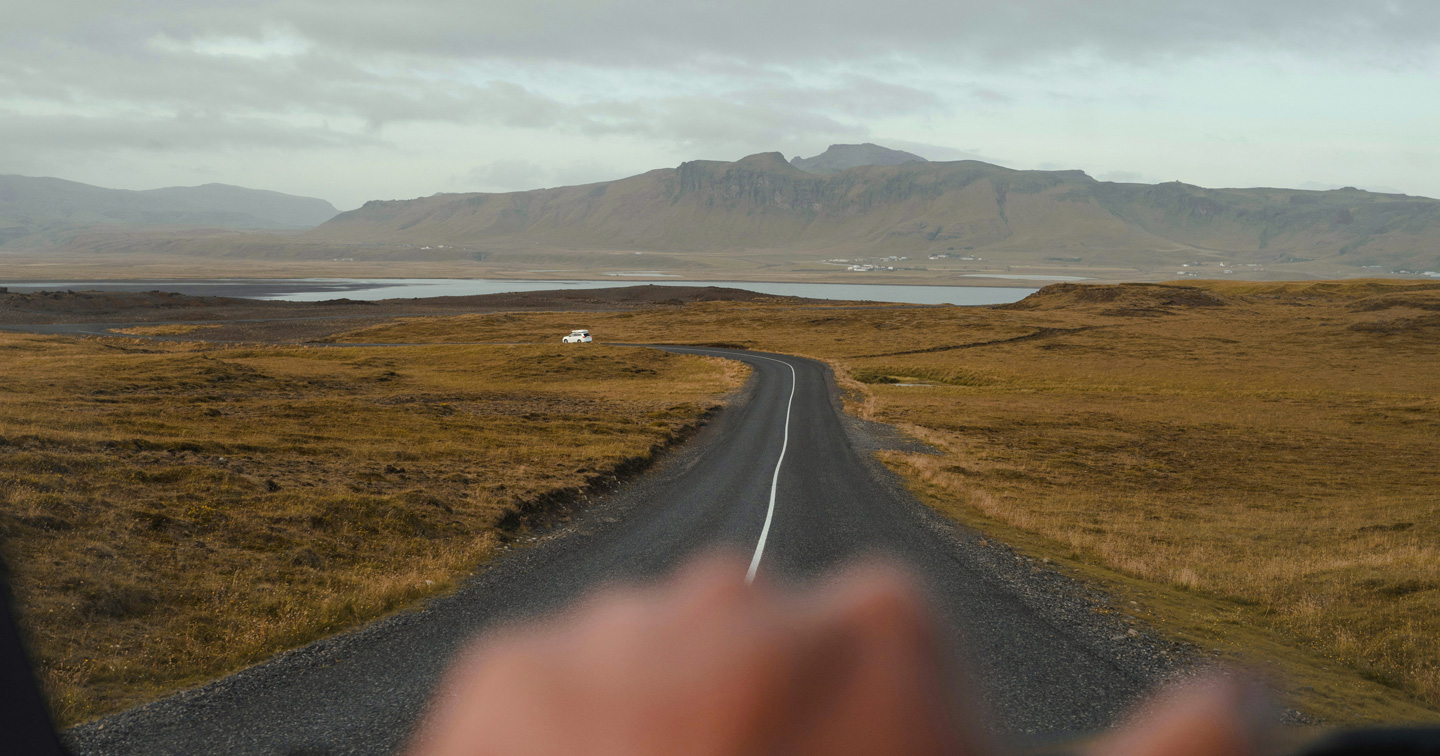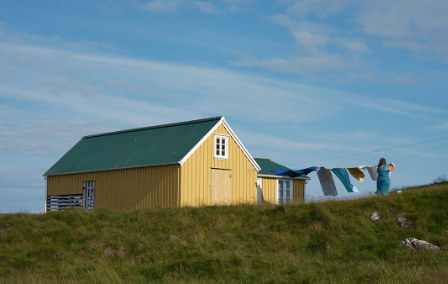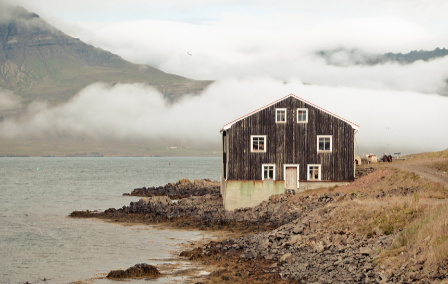Published 28th Jun. 2021
Reading time
One of our Europe specialists spent their summer holiday in Iceland. What was it that convinced them to swap their typical (and much loved) beach holiday for a week in a country that includes the word ice in its name? At first, it was the draw of seeing glaciers, active volcanoes, whales, puffins and steaming natural hot pools. But once they arrived, it became clear why a trip 'North of the Wall' during the summertime is such a good idea. There is a lot more to Iceland than ice and they were delighted to discover that there are cartloads of colourful reasons to visit between May and October. Here is their list of rainbow-hued reasons why you should visit Iceland in summer...
Blue
If there's one thing you've heard you should add to your Icelandic bucket list, it's the Blue Lagoon and the rumours are true - it's very, very blue. The unusual colour is created by the silica deposits in the water which causes a layer of steam to rise from the surface as the temperature is kept at a balmy 40 degrees. And the lagoon isn't just a feast for your eyes, it's also a feast for your body. Conveniently located close to the airport, you can jump right in and soothe those stiff post-flight muscles in the mineral-rich water. There's even a swim-up bar for an ice-cold Icelandic brew.
Green
From June to September you will see plenty of interesting plant life in Iceland. Among the most unique and surprising sights are the moss-covered lava fields. These are everywhere, but the outskirts of Thingvellir National Park (where two of the earth's tectonic plates meet, leaving visible cracks and faults in the ground) is where moss particularly thrives. Iceland boasts over 600 species of moss thanks to it being perfectly suited to the climate; this little family of plant life has made this Nordic country it's home.
Black
In the south of Iceland, around the town of Vik, you will find miles of pitch-black sand beaches with enormous basalt stacks jutting from the shoreline. There is something wonderfully wild and dramatic about this area; it's no surprise that Icelandic folklore believes these basalt columns were trolls that were caught in daylight pulling ships to shore and immediately turned to stone. Offshore from the otherworldly beaches, it is possible to see all manner of marine life, from harbour porpoise to minke and humpback whales. With very few other boats in the water, wait peacefully and you'll be rewarded with the slow and gentle rising of a fin from the surface followed by the spray erupting from a blowhole mere metres away.
Red
The geothermal field of Hverir is a unique wasteland with pools of boiling mud and steaming chimneys of rocks. Billowing fumes escape the surface creating bubbling, steaming sulphuric creators. Look down, and you'll see shades of fiery orange, red and brown meld together like marble under the steaming piles of rocks. Beware: you might not want to find yourself downwind of one of the bubbling mud pools, it can get rather smelly.
White
Last but not least, are the icebergs of Jokulsarlon, or the 'Glacier Lagoon'. Located just off the highway 1 that follows the length of the south coast - it is one of Iceland's biggest drawcards. A gigantic glacier stands at the mouth of the ice lagoon, winding its way out to sea. Watch as large chunks of ice break away from the main glacier and crash into the icy water below. These newly formed icebergs are then carried along by the current and out into the Atlantic Ocean. Hard to believe that you can see all this from the side of a road? Welcome to Iceland.

Using a wealth of experience, our team can help you venture off the well-trodden trail of the Golden Circle to areas such as the Snaefellsnes Peninsula, a microcosm of the ‘land of fire and ice’, or to the Highlands in the country’s centre for epic hiking trips. We plan every experience to suit you, whether you want to snowmobile across a glacier or taste freshly caught seafood on the deck of a fishing trawler. In a country where changeable weather conditions and volcanic activity can quickly disrupt plans, our excellent team of local guides and our helpful Concierges offer invaluable support.
ENQUIRE NOWPractical advice and inspiration for your next trip

With lingering daylight, lush landscapes and adventurous outdoor activities, a summer holiday in Iceland promises to be one for the books. At this time of year, the weather is at its warmest (10°C on average, mind you, so don’t forget your winter knits) and the light barely fades thanks to the Midnight Sun. From hiking and hot springs to whale watching and glacier tours, there's something for everyone to enjoy.
1st May 2025 - Iceland Travel Inspiration

It’s a gratifying feeling when someone asks you where you got your jumper from and you get to say, ‘my recent trip to Iceland’. Or, once presented with a slab of Omnom chocolate, you can tell your nearest and dearest that it in fact travelled all the way from ‘The Land of Fire and Ice’. For this isn’t a country of shot glasses, fridge magnets and ‘all I got was this lousy t-shirt’ t-shirts. It’s hand-harvested sea salt that’s been produced from Iceland’s geothermic energy since the 17th century, skincare from the original Blue Lagoon and gripping Viking Sagas.
3rd January 2024 - Iceland Travel Inspiration

Iceland doesn’t mess around when it comes to sustainability. With tourists outnumbering residents, the country has found ways to ensure the constant flow of footprints cause minimal damage to the environment. But responsibility doesn’t just lie with the country – visitors also have a duty to protect the world-class hot springs and national parks. Luckily, we’ve got a rundown of top tips to encourage sustainable tourism in Iceland.
22nd November 2023 - Iceland Responsible Travel

Our team of destination experts will get to know you and your unique requirements for your holiday

We work with you to build an ultra-personalised holiday itinerary with your choice of accommodation, experiences and activities

All of our holidays include little extras designed to make a big difference to your trip, from fast-tracking you through airport check-in and security to our network of local Concierges